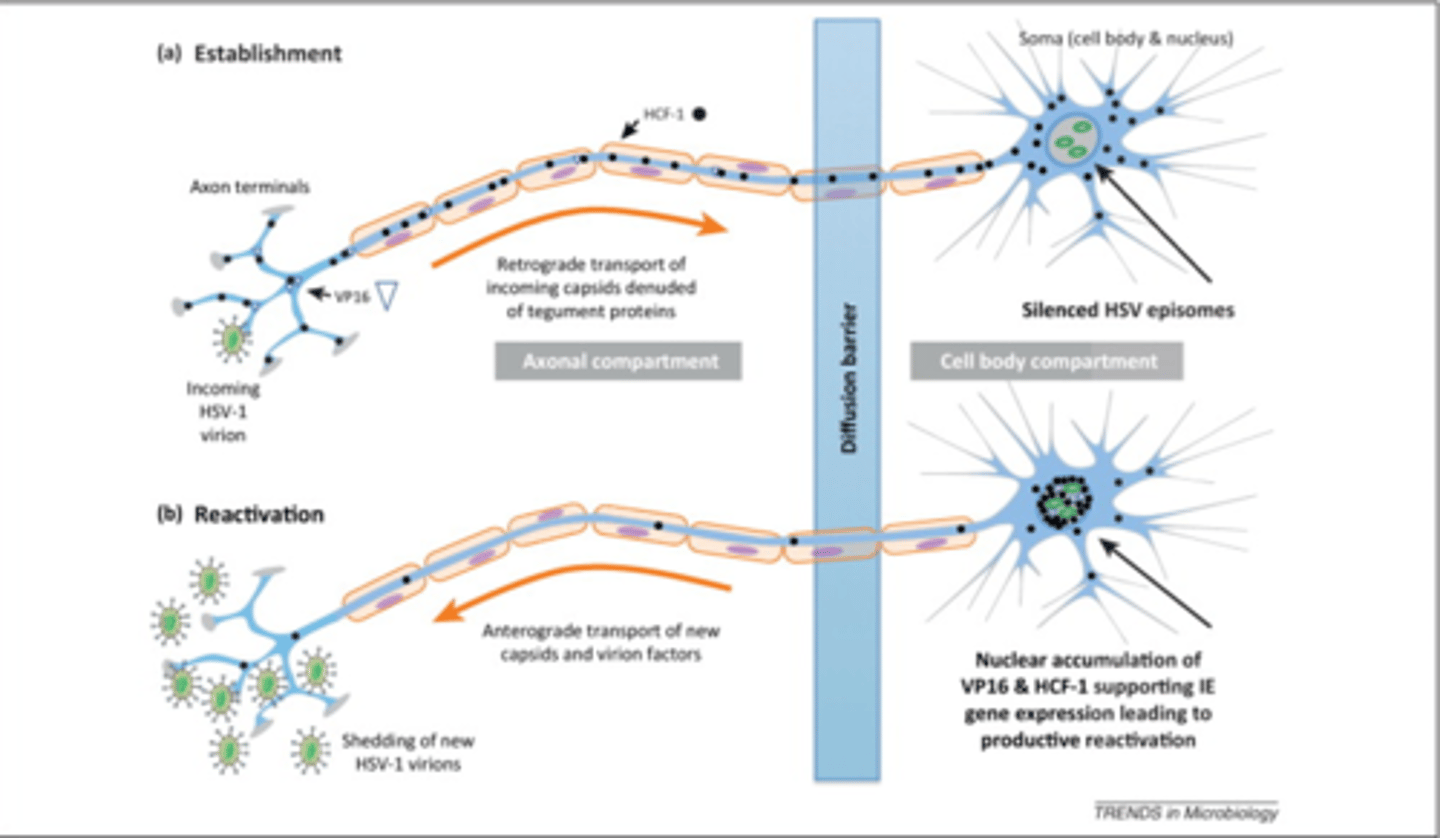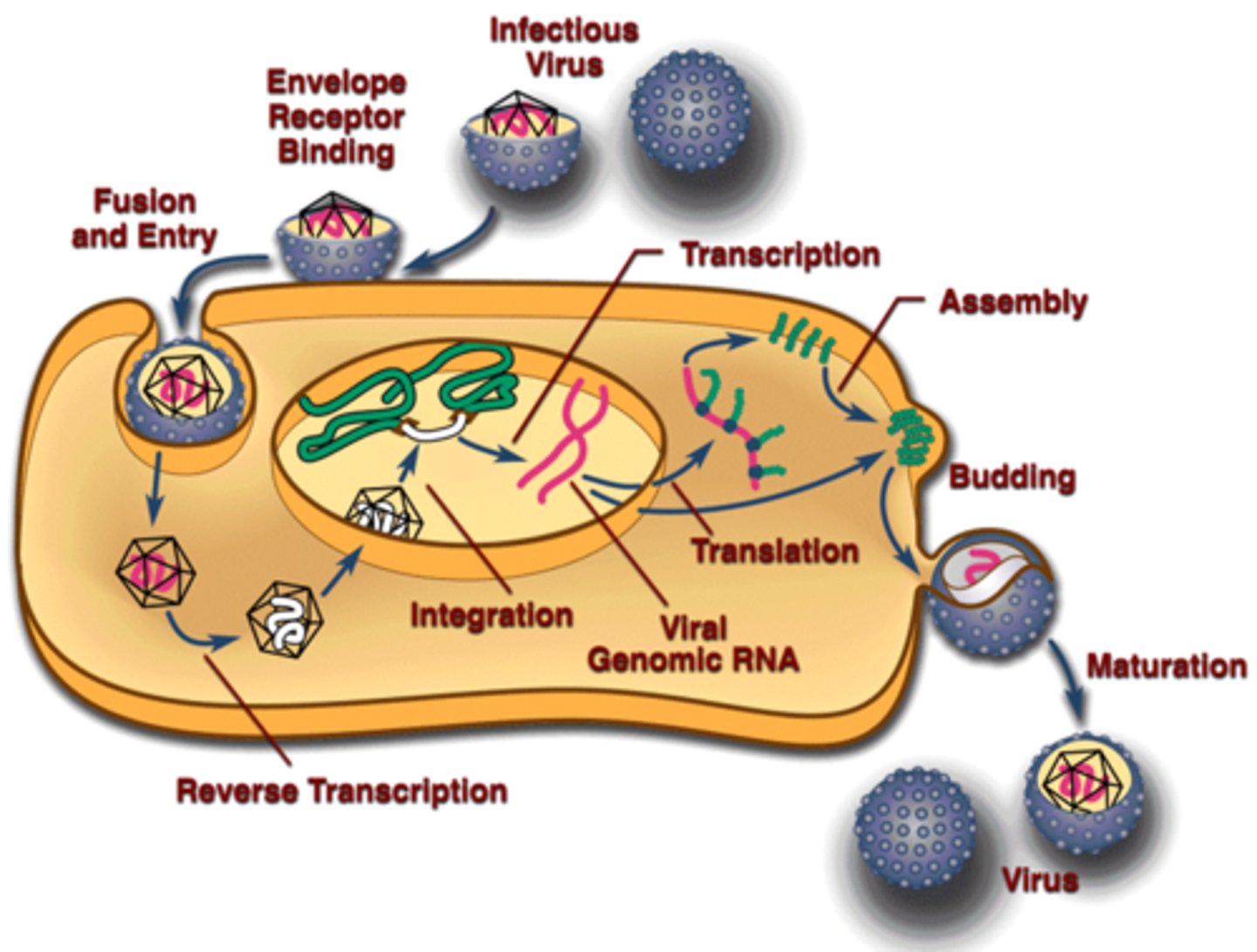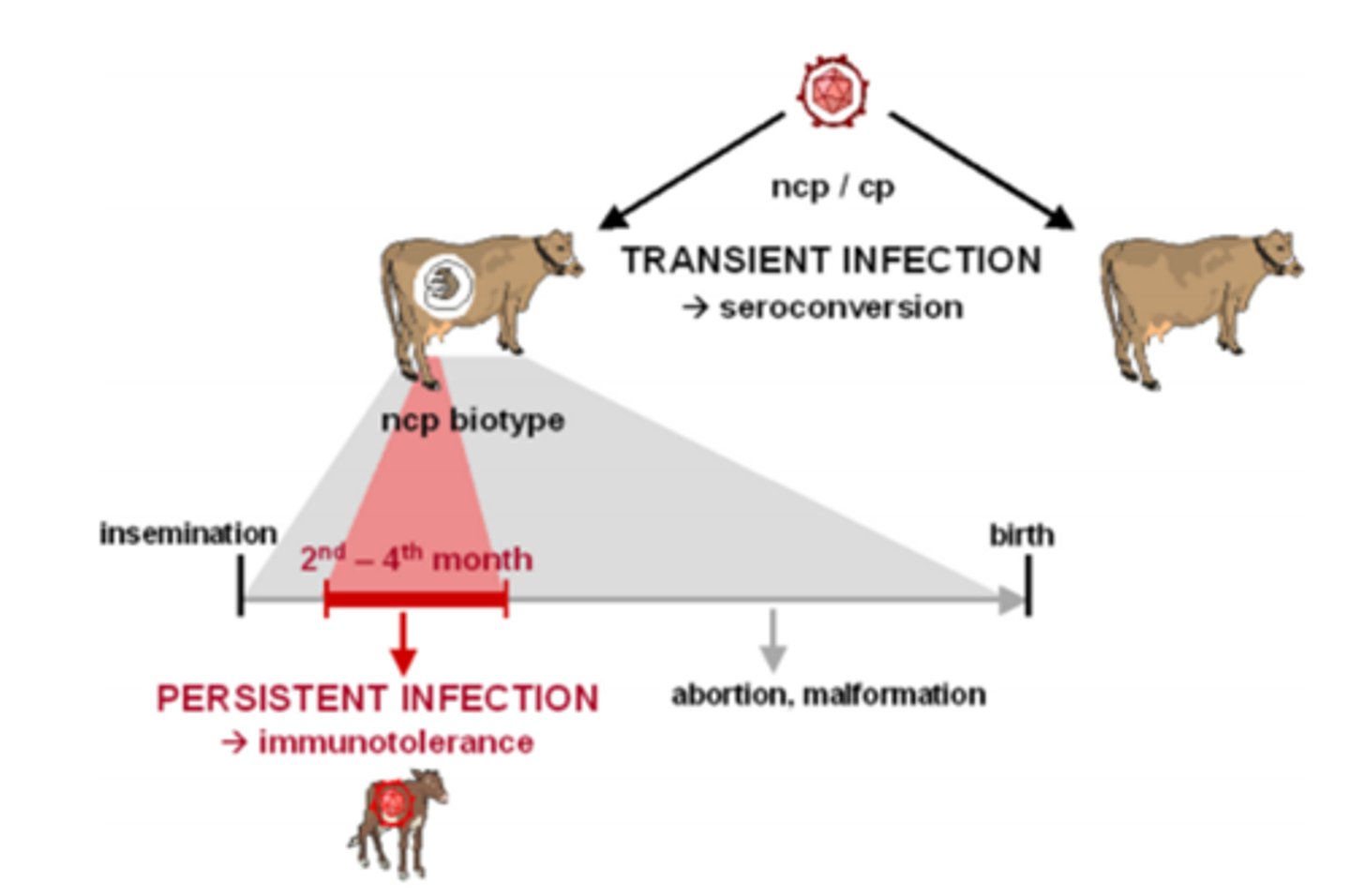Viral Strategies for Survival, Infection and Persistence
1/23
There's no tags or description
Looks like no tags are added yet.
Name | Mastery | Learn | Test | Matching | Spaced |
|---|
No study sessions yet.
24 Terms
Define pathogenesis
-The mechanism by which the combined effects of virus replication and host immunity may lead to clinical disease.
-A combination of what the virus does to cause disease and how the immune system responds to the presence of the virus
What are the important features of pathogenesis?
-Highly adapted associated with its own ecological niche
-Often highly host-specific
Why do we try to understand pathogenesis?
-Helps develop new therapeutics
-Helps identify new control points
-Helps improve methods and interpretation of diagnosis
Draw the life cycle of Canine Distemper Virus
Canine distemper virus.

Describe the typical journey of a virus into and out of the body
-Ingestion, inhalation or injection
-Crossing mucosal barriers
-Transmitted through blood
-ID target cells
-Getting into target cells
-Replicating
-Leaving target cells
-Exiting the body
What are the viral mechanisms of entry through the skin or mucous membranes? Give an example of the family of viruses that may do this
Skin:
-Trauma = e.g. wound or needle (e.g. poxviruses)
-Vertebrate bite = e.g. rabies
-Arthropod (mechanical vector) = e.g. poxviruses
-Arthropod (biological vector) = e.g. orbiviruses
Mucous membranes:
-Oral/intestinal = e.g. parvovirus
-Respiratory = e.g. influenza
-Reproductive = e.g. HIV
Give an example of a virus that is limited to local replication at the site of infection
Papillomaviruses.
Give an example of viruses that are localised by epithelial spread
-Influenza
-Rotaviruses
What may limit widespread replication of viruses?
-Temperature
-Lack of basal shedding
-Lack of target cells permissive for replication
What does viraemia mean?
There is virus presence in the blood.
What is primary viraemia?
Initial low-level spread of virus in the blood from the first site of infection.
What is secondary viraemia?
A further large scale target cell infection caused by viruses in the blood.
How are viruses neurologically spread?
The virus travels through nerves to reach their target cell.
What does a viruses choice of target cell receptor determine?
-Host range
-What cell they infect: Hence clinical disease they cause
-Uptake into the cell
What occurs during viral target cell replication?
-Uncoating the genome
-+/- Genome integration (retroviruses)
-Genome replication
-Protein production
-Virus assembly

When do clinical signs typical start to show in a virus' life cycle?
When they are released from target cells for transmission.
What are the main viral transmission routes? Give an example of a virus that does this
–Scabs; poxvirus infection.
–Blood; equine infectious anaemia virus.
–Reproductive; equine arteritis virus.
–Saliva; rabies, feline immunodeficiency virus.
–Faeces; canine parvovirus, rotavirus, coronavirus.
Respiratory; bovine herpesvirus 1, equine influenza
What % of a mammals genome is derived from viruses?
10%.
Draw the life cycle of herpesvirus, How is this significant to infection?
Herpesvirus life cycle.
-Significant as the virus switches off protein synthesis and replication for a long time to remain persistence in the host

Draw the lifecycle for a retrovirus, How is this significant to infection?
-DNA-Genomic integration leads to increased persistence in the host

Why do viruses mutate quickly?
They have no proof-reading mechanism for DNA/RNA replication and hence gene mutations often occur leading to mutations of the genetic code.
Why is the fact that viruses mutate quickly significant?
Quick mutation rates increases the likelihood of a positive mutation.
Positive mutation can lead to:
-Increase in the virus's ability to infect host cells
-Increase in replication speed and ability
-Increase in viral transmissibility
-Increase in host-evasion success
-Prior functional vaccines being rendered ineffective
What are the main mechanisms of viral persistence in the host? Give an example of a virus that does this
-Downregulation of viral protein synthesis and replication in immuno-privileged sites: Herpesvirus
-Genomic integration: Retroviruses
-Immunotolerance: Bovine viral diarrhoea
What is immunotolerance? How does it occur in some viruses?
-It is a lack of immune response to an antigen
-If the viral strain causes transient disease that is persistent in the dam in late gestation, the offspring will be born antibody negative and will shed a large amount of virus during their entire lifetime
